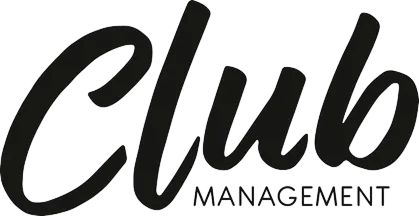By Tom Graham, NIQ
Tom Graham, NIQ’s BevAl Industry Insights Lead, examines the influence of emerging health-conscious consumer behaviours on the on-premise sector, and how brands are evolving their strategies to cater to this new, health-focused demographic.
Health and wellness, mindfulness, moderation. The buzzwords of the hour in the alcohol industry. Much focus has been placed on the innovation in products and the subsequent uptake (or lack thereof) of these: no, low, mid strength, zero-carb, zero-sugar — the list goes on.
But the situation in the on-premise channel is far more nuanced than merely an evolution in the types of products available, purchased, or consumed. Yes, ranges are evolving, and it is now commonplace to see more than one non-alcoholic beer on a menu or several zero-strength cocktails.
But the wider impacts of a more health-conscious consumer on the on-premise are plain to see from our continued research at NIQ into channel behaviour.
How are lifestyles reshaping the when, the why, and the how of the on-premise?
Across all global regions, on-premise visits have been shifting earlier. Australia is no exception. In fact, this market is a front-runner of earlier visitation. Where most countries see visitation peaks around the 8pm mark (or even 9pm for the likes of South America and South Asia), Australia sees the highest proportion of visitors at the 6pm time slot.
And this is moving earlier. When Australian consumers were asked whether the time of their visits was changing compared to the previous year, a higher proportion said earlier rather than later. We saw a net shift of +16 percentage points for eating occasions and +9 points for drinking occasions. It’s a trend being followed in most other regions too.
So, what could be driving this trend and what might it mean for successful on-premise strategies moving forward?
A move away from the purely consumption-focused occasion seems to be one driver. The appeal of things like past-10pm visits, nightclubs, and shots is on the decline in Australia. The interest in staying out for one or two too many seems to be at an all-time low.
No doubt, external influences like Sydney’s lock-out laws and the once-in-a-lifetime pandemic may have expedited these behavioural shifts. But those alone can’t explain it — consumers’ mindsets have evolved.
Take run-clubs as an example. You’ll be hard-pressed to find a 20-something in Sydney’s Eastern Suburbs or Northern Beaches who isn’t involved in one in some way. In fact, Strava reported a 59 per cent rise in run-club membership in 2024. If you’re getting up at 6am for a run-club, chances are you weren’t out past 11pm the night before. You probably stayed in or had a couple of early drinks and were home by 9pm.
How does this affect my on-premise strategy?
This shift isn’t just about timing. It’s also about intent. Consumers are increasingly treating On-Premise visits as moments to connect, celebrate, or recharge — not just to consume. That’s where experience comes into play.
Be that guided tastings, trivia nights, wellness-led brunches, alcohol-free cocktail masterclasses, or pop-up chef collaborations, the most successful venues are now providing a reason beyond the booze. The drink is no longer the main event. It’s a supporting act in a broader story built around atmosphere, purpose, and connection.
Some brands and venues, rather than resist the change, have embraced it. Beer brands are sponsoring endurance events and funding marketing campaigns with Strava and Garmin. Venues are starting their own running clubs or opening earlier to serve coffee to the run-club crowd.
For brands and venues, the shift toward more mindful, experience-led visitation isn’t just a feeling, it’s a signal — and the smartest players are already adapting.
This article first appeared on Club Management’s sister publication, Australian Hotelier.

